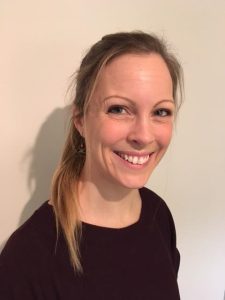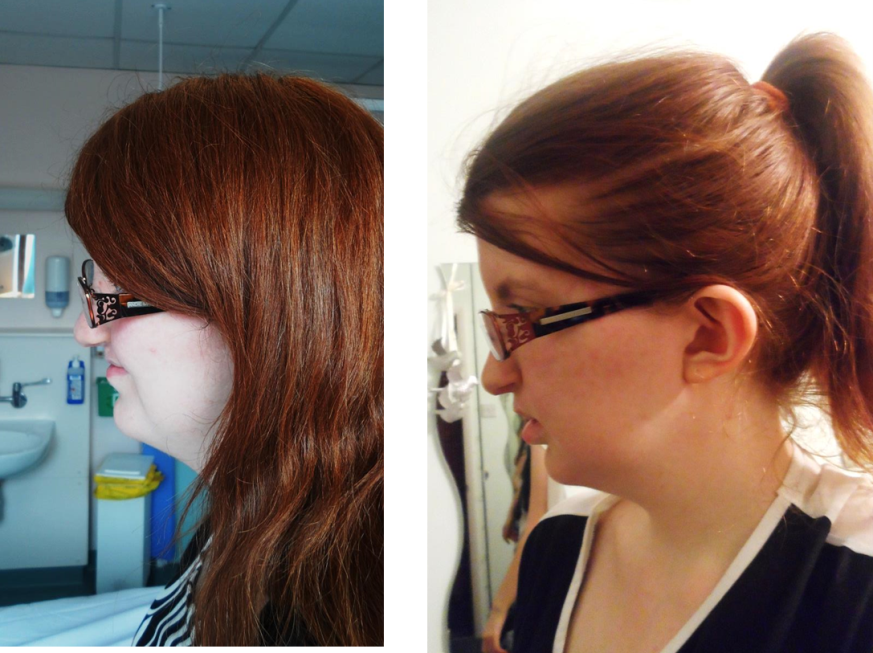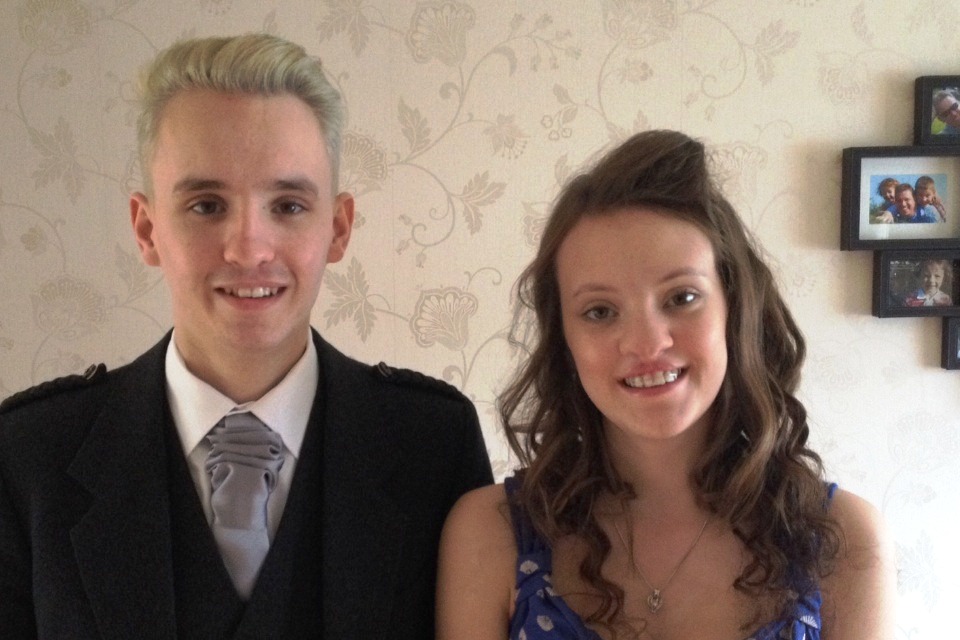
Speech and Language Therapist Lucy Southby
In this Guest Blog, Lucy Southby shares her passion for working as a Speech and Language Therapist with people born with a cleft.
 My name is Lucy Southby. I am a speech and language therapist and a researcher; I can be known as a Clinical Academic Speech and Language Therapist.
My name is Lucy Southby. I am a speech and language therapist and a researcher; I can be known as a Clinical Academic Speech and Language Therapist.
I decided to become a speech and language therapist because human communication is really interesting and very important. That is how we express what we need, want, and feel and understand what others communicate.
Speaking and understanding are easy for lots of people, but not everyone. I wanted to work with people who were finding speaking and/or understanding challenging to help communication become easier for them.
There are many different people of all ages with varying kinds of speech, language, and communication difficulties that speech and language therapists work with. Speech and language therapists also work with people struggling to swallow food and drink safely.
I am particularly interested in how we make speech sounds and put them together in words. There are lots of things that need to happen for us to be able to produce speech sounds.
When we learn to speak, we hear how other people say words, and our brain has to notice all the different sounds and remember which sounds go where.
Then our brain has to figure out what needs to happen to make the same sounds to tell the different parts of our mouth how to make all the right sounds happen in the right places in words.
Finally, we need different parts of our mouths to get in the right places and make the movements our brain tells them to make. It’s quite complicated! If one or more of these steps can’t happen or happens differently, it can make speech sound different or difficult to understand.
I work with children, young people, and adults born with a cleft palate, with or without a cleft lip. Some people born with a cleft palate can develop different ways of making speech sounds or experience air escaping into their noses when talking.
When these differences get in the way of someone being able to communicate with people in their lives, we work with them to learn new ways of making speech sounds. Through speech therapy and/or if air escaping into their nose is a concern for them, we might see them together with one of the cleft surgeons to see if another operation might help stop the air from escaping.
I research because there is so much we can still learn about why some people born with a cleft palate (with or without a cleft lip) develop speech sounds differently. What might influence people’s ability to learn new ways of making speech sounds? What are the best ways to support people born with a cleft (of all ages) to achieve speech that doesn’t get in the way of their lives?
A recent project I worked on tried to develop our understanding of how young children born with a cleft palate process the speech they hear in their brains and whether those skills might be different in children who have learned to make some of their speech sounds in different ways.
I also worked on a project with The Cleft Collective cohort study to understand families’ experiences receiving speech and language therapy via online video platforms during the COVID-19 pandemic.
As well as people born with a cleft taking part in research studies, it’s also really important for us to understand what people born with a cleft think are important questions to ask and investigate in research.
Children, young people, and adults born with a cleft and/or their families might also be part of a research team. Investigating a question as an expert through their lived experience. This is often called Patient and Public Involvement or Engagement in research. This helps ensure the research is relevant, accessible, and meaningful to the right people.
I currently work with The Cleft Collective/CLAPA Patient Consultation Group. It is a group of people born with a cleft and parents of children born with a cleft who provide feedback and suggestions on research ideas and the findings of research studies.
Through research, we can help to keep developing and improving cleft care and support for people born with a cleft.
Would you like to help shape the future of cleft research? Take part in studies or give feedback on research design by joining CLAPA Voices.


